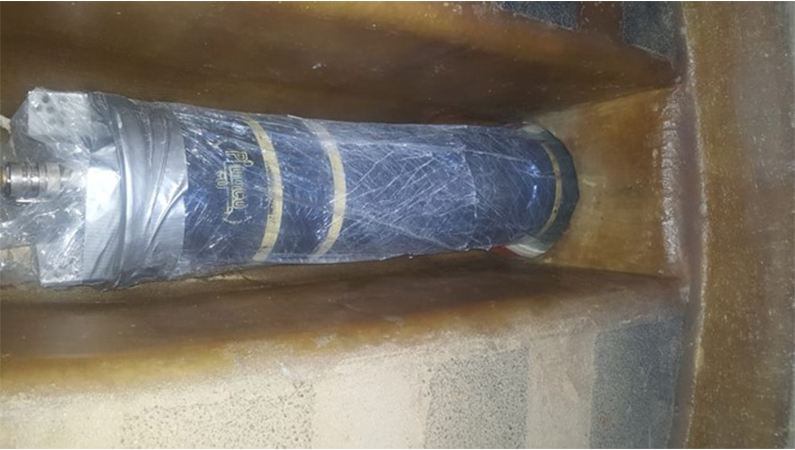While traditional methods of pipe repairs require digging generate high costs and waste too much time, the pipe point repair methods focuses only on the damaged area reducing overall repair time and costs.
What is a Pipe Packer?
A Flexible Pipe Packer is a trenchless solution used to repair a pipeline by carrying chemical patches.
The point pipe repair offers an efficient solution for fixing localized pipe damage without the need for excavation or pipe replacement.
How to Choose the Correct Pipe Packer?
There are two main factors which are considered while choosing the correct Pipe Packer which are the pipe diameter and the required patch length.
In addition to these details, understanding the details of the application may help you choose different models of pipe packer such as:
- Flow Through Pipe Packers which includes a bypass line for cases where the line needs to be active during the repair process.
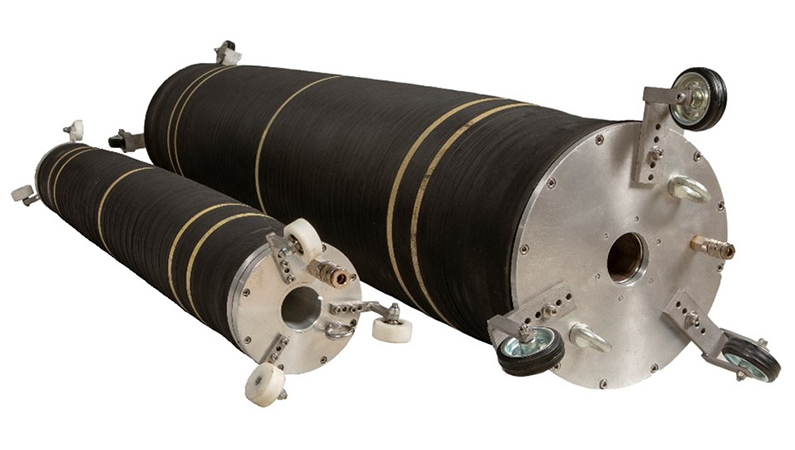
- Pillow Packers when the pipe diameter is large or the access point or manhole is small.
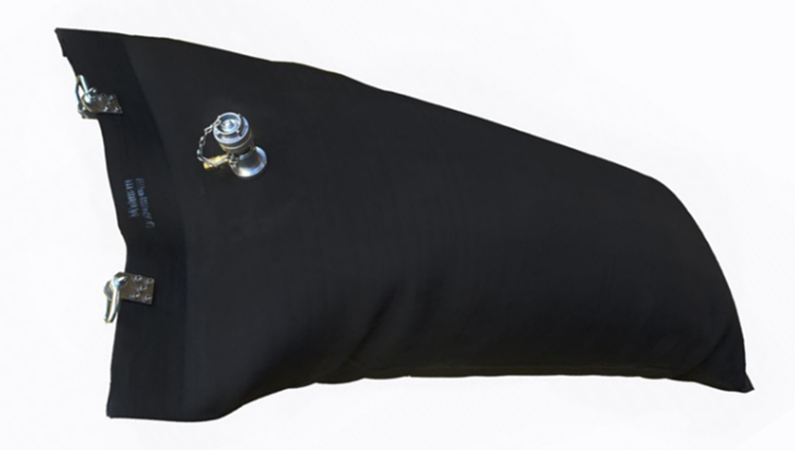
- Bendy Packers when the section to repair is in an elbow.
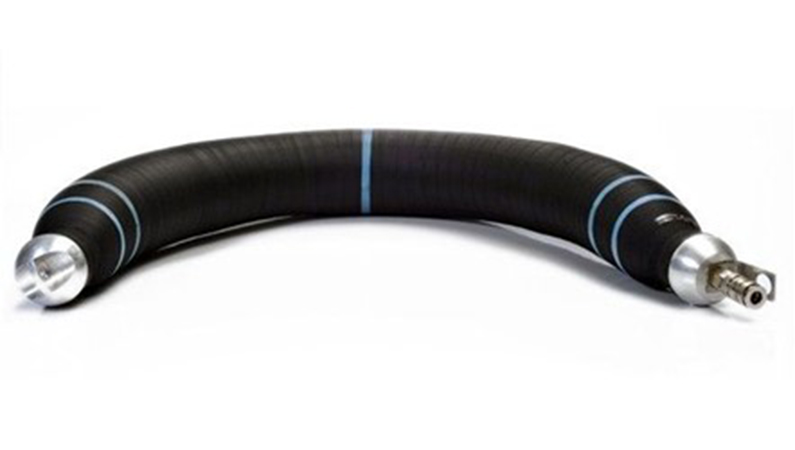
What is the Required Material to Install a Flexible Pipe Packer?
Before starting the installation of a flexible pipe packer, it is important to prepare all the necessary tools and materials to ensure a smooth application.
Pipe Packer Set:
This includes the flexible pipe packer itself and its accessories- inflation air hose, and the pressure control device. This material is provided by PlugCo.
Air Compressor:
Used to inflate the flexible pipe packer inside the pipe.
Cleaning Tools:
Wire brushes or pipe cleaners to prepare the pipe surface for optimal patch placement and a safe use of the flexible packer.
Patch Kit:
It includes a resin mixture made of resin and hardener, as well as a fiberglass mat which is impregnated with resin mixture according to repair method.
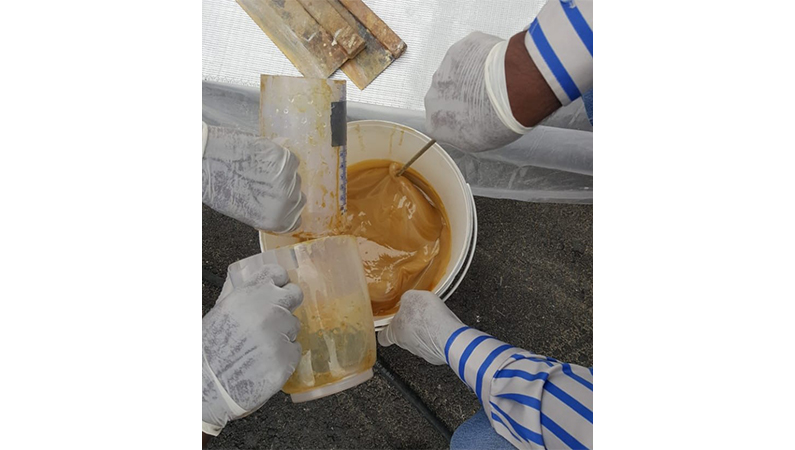
Protective Foil
Used to prevent the resin patch from sticking to the packer.
CCTV Camera
Used to define the exact damage point to repair and its size.
How to Install a Flexible Pipe Packer?
Before installing the flexible pipe packer, it is crucial to identify the exact point of damage. This is usually done by using a CCTV pipe camera. Once identified, clean the interior surface of the pipe around the repair area to remove any debris, corrosion, or buildup that could damage the pipe packer or affect its sealing ability.
Next, measure the diameter and length of the repair zone carefully to select the correct size of the flexible pipe packer.
Finally, ensure the work area is safe and well-prepared by shutting off any flow through the pipe and relieving pressure to avoid accidents during installation. With the pipe properly cleaned, measured, and secured, it is time to proceed with inserting the flexible pipe packer carrying the patch resin for precise point pipe repair.
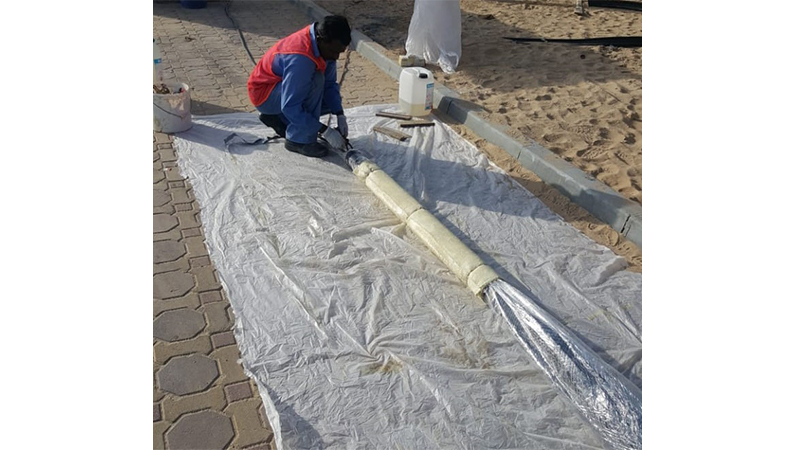
Once the packer is correctly positioned at the target location, you can proceed to inflate it, which will expand the packer against the pipe’s interior, creating a secure and tight seal around the damaged area. Proper insertion is crucial for a successful repair, so double-check the alignment before moving on to the next step.
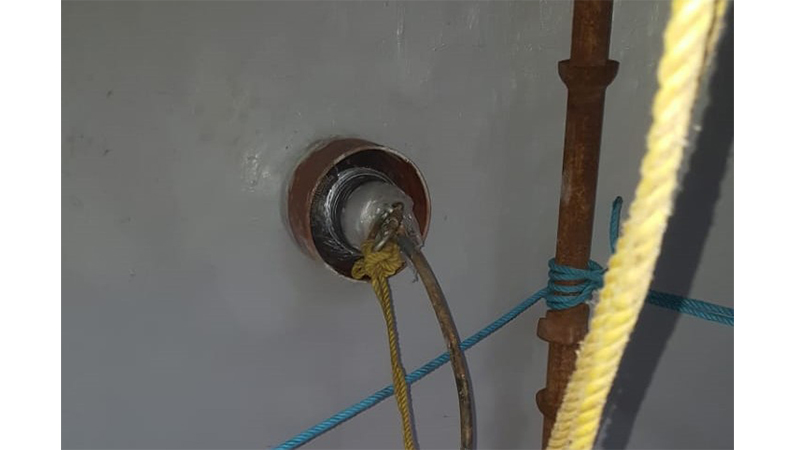
After successfully installing the flexible pipe packer, it is very important to allow adequate cure time for the repair material to set properly. This curing period ensures that the resin or sealing compound fully hardens, creating a durable and watertight bond within the pipe. The exact cure time can vary depending on the type of resin used, ambient temperature, and humidity levels.
